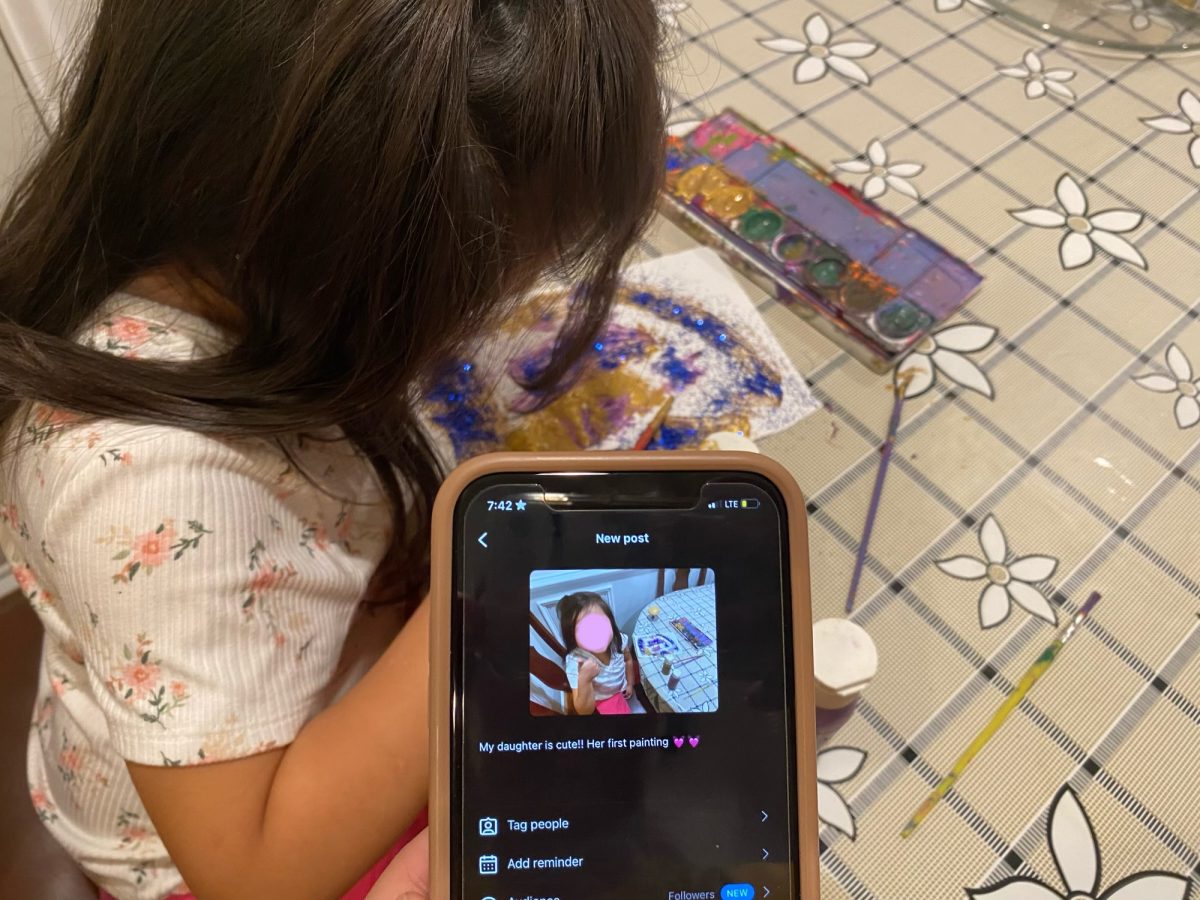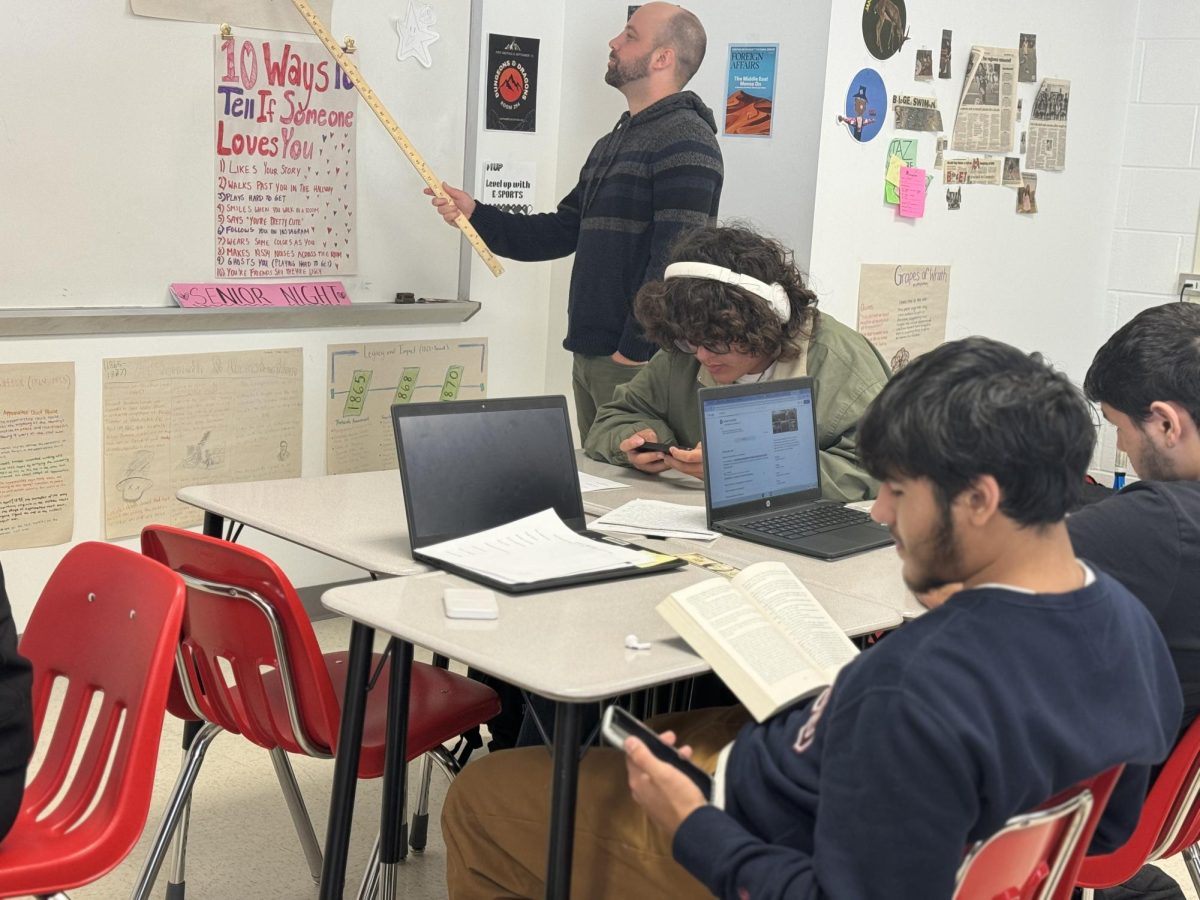It was a great day for Sally. An ‘A’ on her history paper, and she made it into Class Acts. Her heart skipping, she walked over to her science class right as the R3 bell rang, happy as a clam; until she turned the corner, that is.
Just as she turned into the science hallway, she spotted her crush, standing by his locker, kissing another girl.
Sally’s heartbeat quickened, and her breathing became staggered. Her face turned a bright red, and her palms turned sweaty all of a sudden. Her mind thinking of a thousand thoughts per minute, she quickly tried to look away. But that’ was when a few boys from nearby lockers turned around to boo and jeer at her. Embarrassed, Sally rushed off to her class with tears in her eyes.
This response to embarrassment is not unnatural. Fear of public embarrassment is inherent in all of us, especially teenagers. Surveys indicate that about 65 percent of teenagers are afraid of public embarrassment, or have been publicly embarrassed in high school.
Some of the effects of these forms of harassment were short periods of depression, emotional difficulties, stress, etc. No wonder we are afraid of public humiliation!
But exactly why is it that we are afraid of being the object of such harassment? The psychology and the science behind the sensation of embarrassment tells us a lot more about how we think than we consciously recognize.
The first scientific study of embarrassment began in 1956 when sociologist Erving Goffman began to treat embarrassment as a disruption of the normal processes of social interaction.
Since then, embarrassment and public humiliation has been categorized into three main categories: individual, interactive and audience-provoked. Each category evokes a different intensity of response from the individual, but overall they all add up to one really embarrassed Sally.
“The sensation of being embarrassed is another relic of our primitive Fight or Flight response,” said Psychology teacher Katherine Gould. “The temporal lobe is the emotional center of the brain, and it works together with the hind-brain to react to this instinct,” she said.
Therein lies the problem. The mid-brain, being the emotional center of the entire body, reacts to the perceived information by releasing neurotransmitters like adrenaline and cortisol. All these hormones cause a person to react immediately to the situation at hand, increasing the person’s heartbeat and breathing rate. The body almost reacts as if the person was really in a life-threatening situation.
Such reactions to perceived danger include blushing, sweaty palms, shortness of breath, momentary freezing and tunnel vision. The blood vessels in our cheeks dilate, causing an excess of blood flow to the cheeks, which we see as blushing. All these reactions happen unconsciously as a person tries to figure out how to deal with an embarrassing situation.
Embarrassing situations are also known to have short-term effects like stuttering, loss of poise and susceptibility to more accidents, as well as long-term effects like anxiety, low self-esteem, and negative self-perception. Those who suffer from medical conditions like asthma may also have an attack after an embarrassing situation due to shortness of breath, while others may experience momentary panick attacks. With all these consequences involved, it is no wonder that teenagers are self-conscious!
So how can we prevent ourselves from having panic attacks in embarrassing situations? One solution would be to try thinking about something else.
“But, the most important thing to do is to keep in mind that it’s not the end of the world,” said Gould. “Perspective is key to avoiding being super-embarrassed. Also, if we rehearse our responses to the situation that causes anxiety or embarrassment, we can put the experience into perspective more quickly, and thus speed up our parasympathetic response, which allows us to calm down after the fight or flight response,” she said.
To provide more perspective on why being embarrassed is not that big of a deal, consider this: blushing and other reactions are actually more helpful to society than you might think. In an embarrassing situation, a blush and avoiding eye contact can be understood as “I’m sorry”. It conveys the message that the person has committed a social infraction and feels legitimately sorry for this.
So, what evolved several million years ago as a survival mechanism continues to serve its purpose today by helping us save our social and practical lives.





